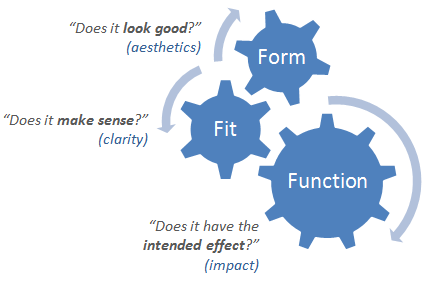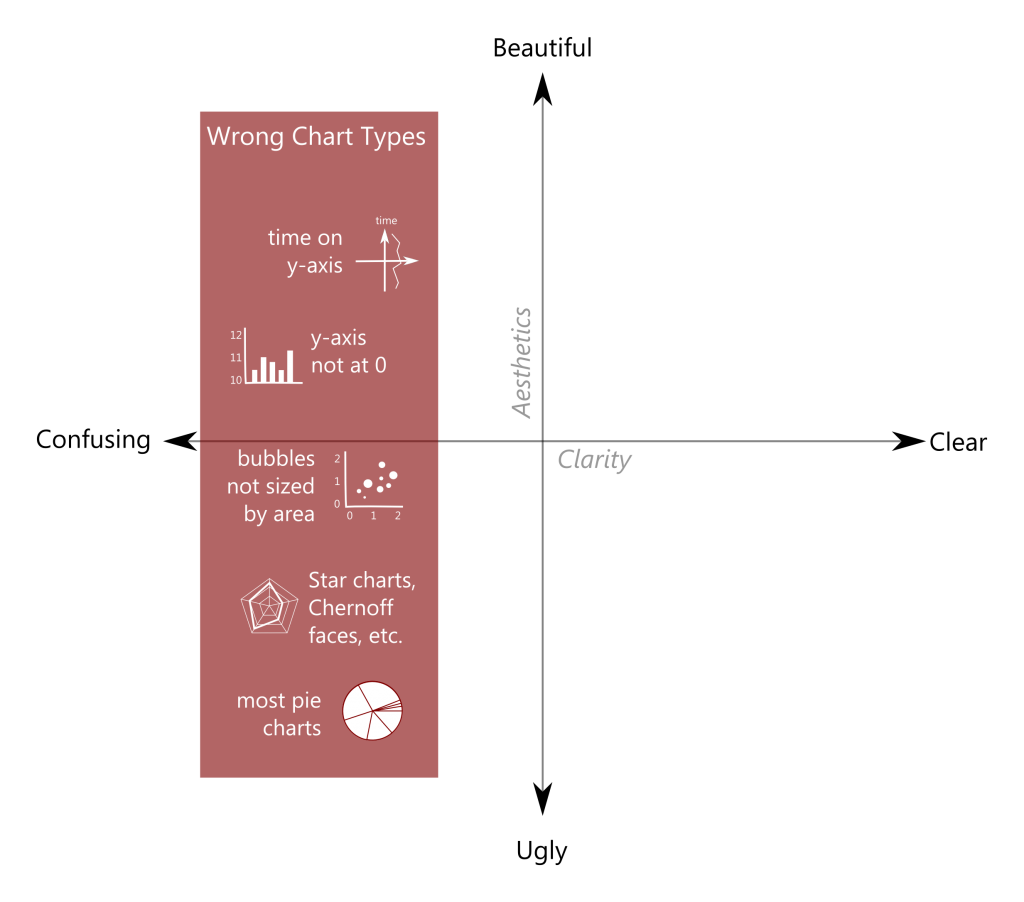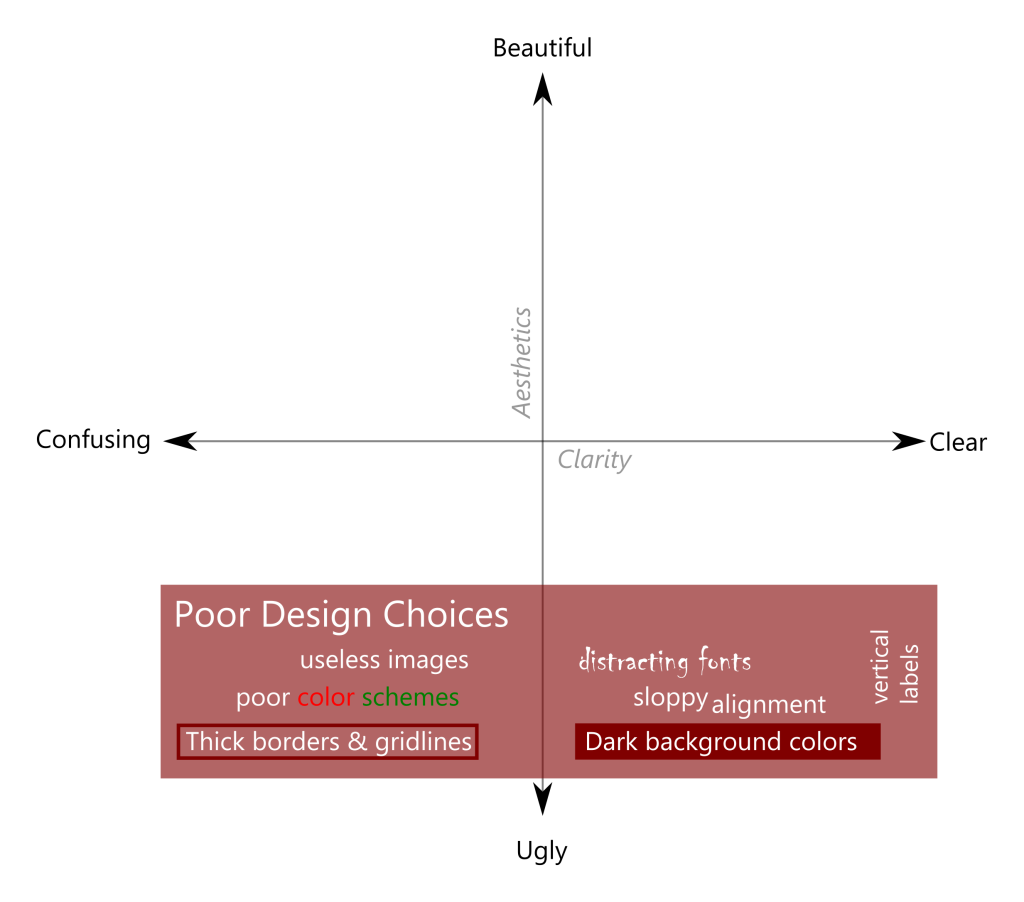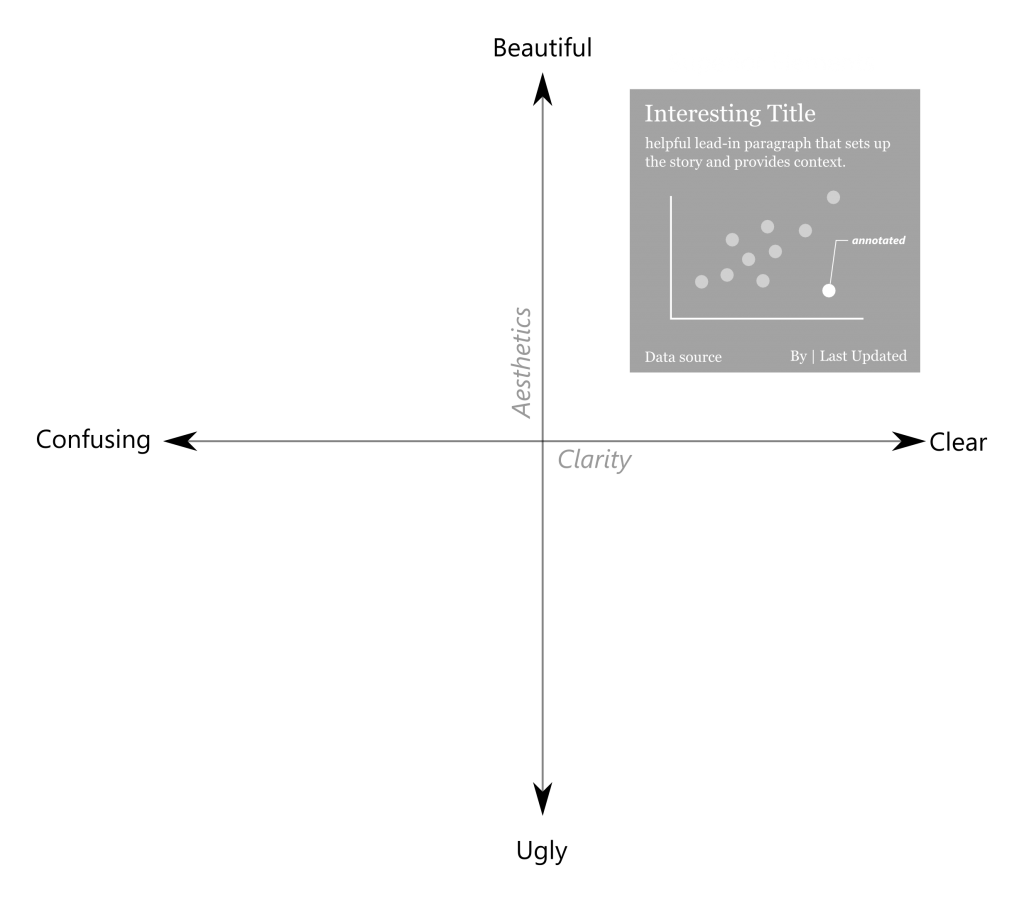Here are all the cool topics of year 2016 on one map that can bring to a cocktail party. http://www.mapsofworld.com/events/year-2016/
In year 2016, there were so many things happened around the world. As a global citizen, it is good to be aware of what happened in a year of 2016. Good visualization can help us to sort out that information easily.
This visualization clearly shows year 2016 major events in a world map. Here’s three points why this visualization is a good visualization.
- On the map, detailed information is clearly displayed. It includes event occurred month, country as well as key words for the events.
- Different color clearly distinguishes different country or region. Color with detailed written explanations makes the information stronger and it help readers to have a better understanding about the event.
- On top of the map, under each month there’s detailed explanation about the event’s major information. Readers don’t need to click the months but just need to move the mouse to the month and the information will display itself.
However it could be a flawless visualization, if all the detailed information on the map displays by a certain order, for example by country, event, and year.
Reference: http://www.mapsofworld.com/events/year-2016/





 2. Avoid horrifying your audience with poor design elements.
2. Avoid horrifying your audience with poor design elements. 3. Incorporate helpful elements to increase both clarity and aesthetics.
3. Incorporate helpful elements to increase both clarity and aesthetics.
